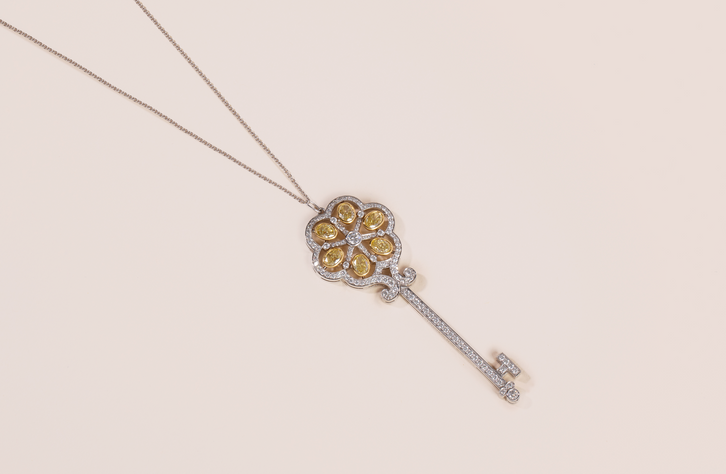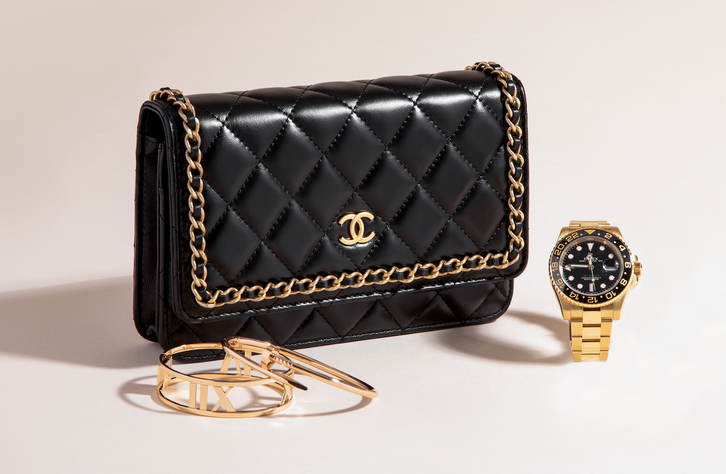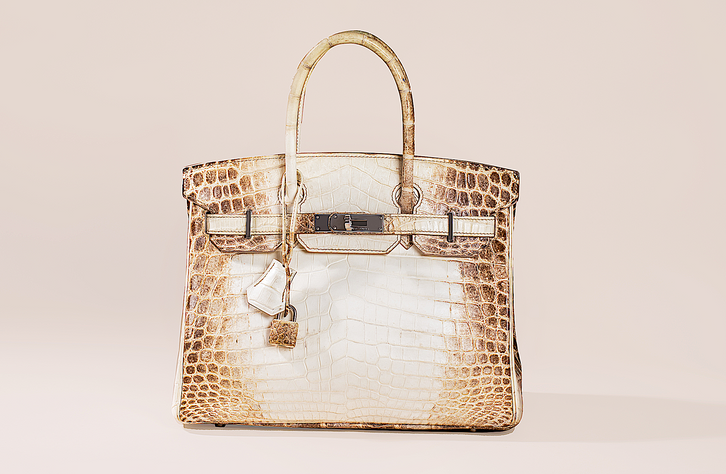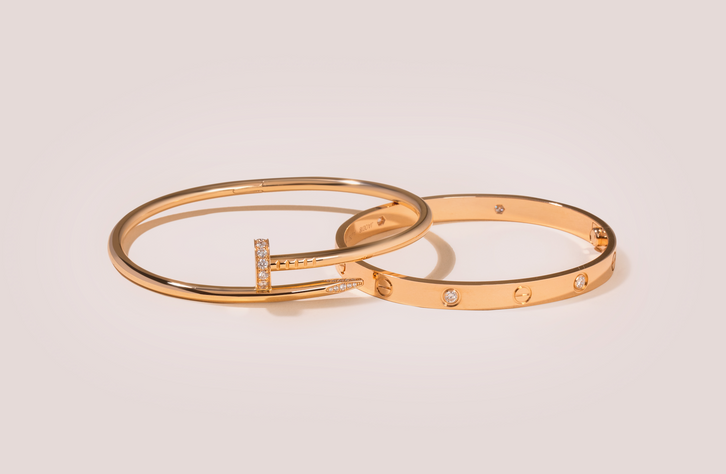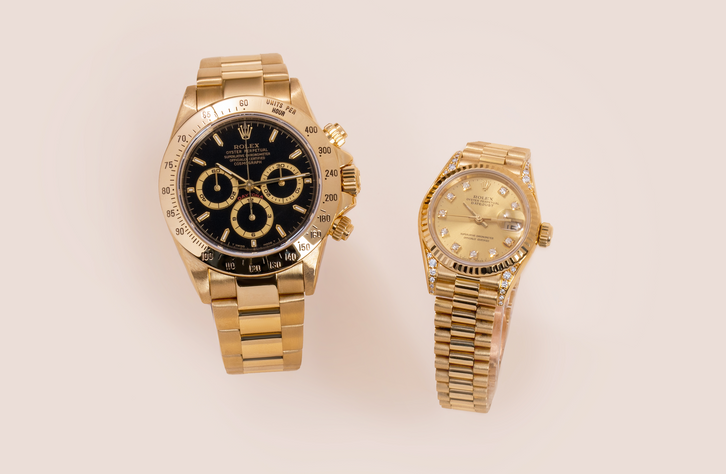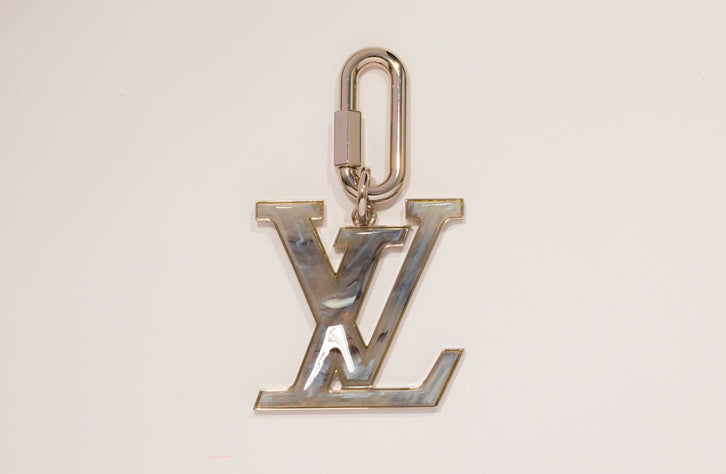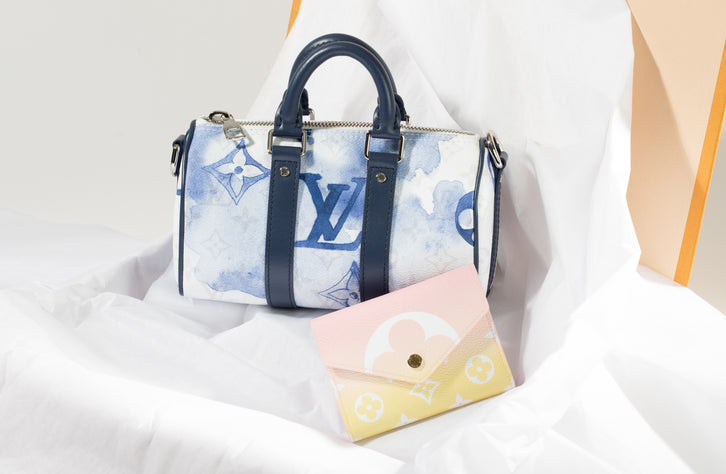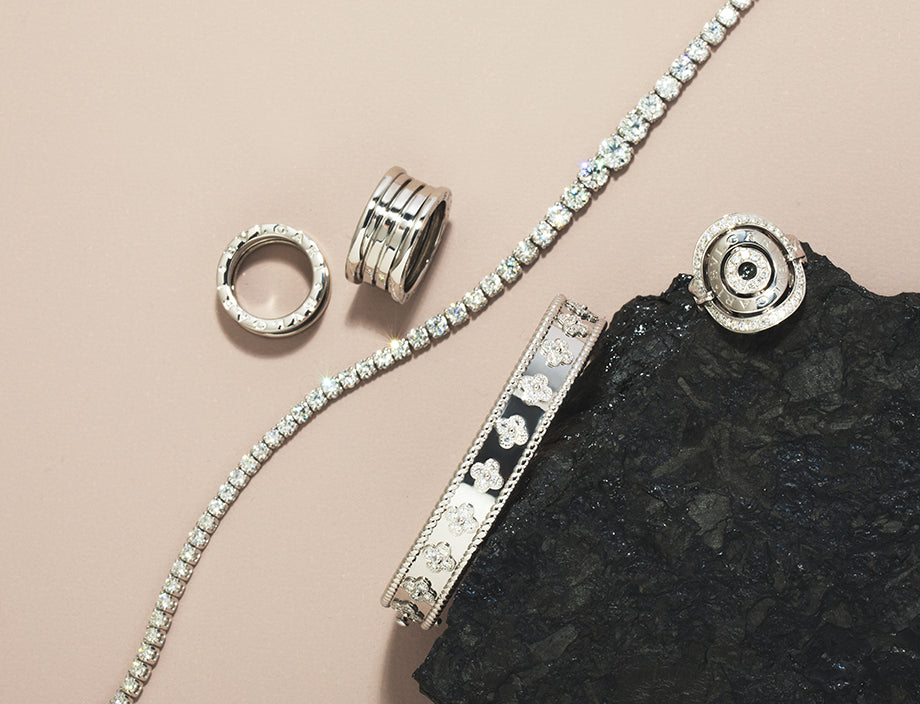Questioning whether your gemstone is a real diamond or a fake diamond? You may have been gifted or have inherited a stone and not know how it was acquired.
The reality is that many non-precious gemstones can look like a diamond. Find out how to tell if a diamond is real with our three easy tests you can carry out at home.
How To Tell If A Diamond Is Real?
With a variety of diamond simulants on the market including cubic zirconia and moissanite, it can be hard to tell if your stone is a true diamond. Especially if it is a mounted diamond.
Follow our 3 simple tests outlined below to tell if a diamond is real or fake:
1. Read Through Test
Draw a straight line on a white piece of paper with a black pen and place a diamond on it. Because of the total internal diamond reflection of a diamond, from above, the black line will not be visible.
There are exceptions to the rule though - strontium titanite, synthetic rutile, and synthetic moissanite do have a higher RI and will show the lines.
2. Float Test
Fill a glass with water and place your diamond in a cup. A real diamond should sink because of its higher density. Water has a density of 1g/cc. while diamonds have a relative density of 3.5g/cc.
In gem testing an entire system of measurement is used to measure the density of the gemstones.
3. West Test
Try wetting your diamond. Like beads of water on a candle, these gens like to resist getting wet. Why does this happen? Unbonded carbon atoms on the surface like to bind to grease-based things (this is why diamonds get dirty).
Of course, the best way to find out if a diamond is real is to have a trained gemologist assess your stone in person.
Diamond Home Tests vs Expert Evaluation
Our experts shared their top tips and home tests for spotting a fake diamond. While there are many more tests to spot a fake diamond some can be problematic.
For example thermal conductivity tests, heat tests and scratch tests. While these would not damage a real diamond but could impact gemstones. Diamonds score 10 on the Mohs Scale of Hardness, however other gemstones do not.
However, it is always recommended to have a GIA-trained gemologist examine any stones you are unsure about. Why? An important distinction a gemologist will be able to make beyond whether your diamond is real or not is:
- The type of diamond
- The quality of the diamond
They will use a diamond loupe, which has a higher magnification than a magnifying glass, to asses your stone.
Types Of Diamonds
After establishing that your diamond is real, a trained gemologist will also establish what kind of diamond you own. This could be a:
- Natural diamond
- Treated diamond
- Synthetic/lab-created diamond
While these will all look the same to the naked eye, they are in fact very different. It is also important to note that have different values.
1. Natural diamonds:
- Definition: a diamond mined from the Earth.
- Value: resale value of a natural diamond typically 25-40% of what is what is was purchased for at retail.
2. Treated diamonds:
- Definition: a diamond that has undergone a treatment of some description to enhance either the color or clarity of the stone.
- Value: treated diamonds are typically worth half the amount of natural, non treated diamonds.
3. Synthetic diamonds:
- Definition: a diamond that was man-made, i.e. lab-grown diamonds, not mined from the Earth.
- Value: synthetic diamonds are typically worth half the amount of natural, non-treated diamonds.
A gemologist can also ascertain the quality of the diamond which will help establish its worth.
Gemstones That Look Like Diamonds
There are many stones that frequently get confused with diamonds. Common diamond simulants and diamond substitutes include:
- Cubic Zirconia: often abbreviated to CZ, cubic zirconia is a popular diamond substitute. A low-cost, highly affordable alternative to a diamond, cubic zirconia is a man-made mineral. To the untrained eye, cubic zirconia strongly resembles a diamond.
- White Sapphires: A colored sapphire with a much lower price point than a natural diamond. The gemstones often have noticeable cloudiness.
- Moissanite: Naturally occurring moissanite is extremely rare. Moissanite used in jewelry is lab created and very affordable.
- White Topaz: Topaz has an 8 on the Mohs Scale of Hardness whereas a diamond has a 10. Which simply means that Topaz is far more likely to scratch than a diamond. This will go on to affect the gemstone's sparkle over the years as the stone scratches with daily wear and tear.
How Much Is A Diamond Worth?
When a gemologist analyzes a diamond, they will establish the 4 C's of the stone. These are:
- Diamond Carat Weight: the weight of the diamond measured in carats (ct). The larger the carat size, the more valuable the stone. You can also calculate your diamonds' carat weight by using our online diamond calculator.
- Diamond Color Grade: this measures how much yellow there is in the stone. Diamond color grades in white diamonds range from D (colorless) to Z (faint yellow). The less color in the diamond, the more valuable it is.
- Diamond Clarity Grade: this is an indicator as to how flawed the stone is but internally and externally. Note that most flaws in a diamond cannot be seen by the naked eye. Although a diamond may seem flawless, this is most likely not the case as flawless diamonds are very rare. And therefore very valuable.
- Diamond Cut Grade: this refers to how well a diamond was cut and the overall proportions of the stone. A well cut diamond emits light more effectively and creates the diamond sparkle that they are known for.
These 4 Cs will play a pivotal role in establishing how much your diamond is worth. Professional diamond buyers will take these characteristics into account to calculate the value of your stone on the secondhand market.
A good rule of thumb is the following: you can typically expect to receive 20% to 50% of what was paid at retail.
Professional jewelers have high markups as diamond jewelry is slow-moving inventory and they have high overhead costs such as rent and insurance. This means that the diamond will be marked up to cover these costs.
Buy Diamonds Online
From loose diamonds to designer diamond jewelry, myGemma is your one-stop shop for all things diamonds. Whether you are looking to sell or buy (or both).
myGemma has an in-house team of gemologists, so you can rest assured the website only sells real diamonds.
You'll find on myGemma's website diamond jewelry from brands such as Cartier and Tiffany & Co. From diamond pendant necklaces to engagement rings, find the diamond jewelry you're looking for on myGemma.
You can also download the app for first access to new-in products.
How To Sell A Diamond Online?
At myGemma, our team of GIA-trained gemologists will value your loose diamonds, diamond jewelry, diamond rings and engagement rings. We offer a professional, safe and easy way to sell your diamond and get paid in as little as 24 hours. We buy your diamonds directly, no middle man, online listings or fees deducted.
With an A+ BBB rating, our service is free of charge and there is no obligation to sell. You can either schedule an appointment or fill out our online form to receive a price quote.
Please note: Unfortunately there are some loose diamonds we cannot accept.
Diamonds We Buy:
- GIA certified diamonds of 0.5ct +
- Designer diamond jewelry of all sizes: Tiffany, Cartier, Harry Winston and more
Diamonds We Do Not Buy:
- Non GIA certified loose diamonds
- GIA certified loose diamonds under 0.5ct
- Lab grown diamonds
- Cubic Zirconia, Moissanite
- Rough diamonds, black or brown diamonds
